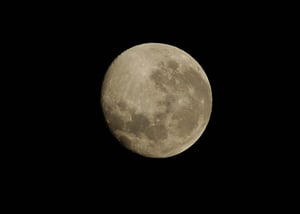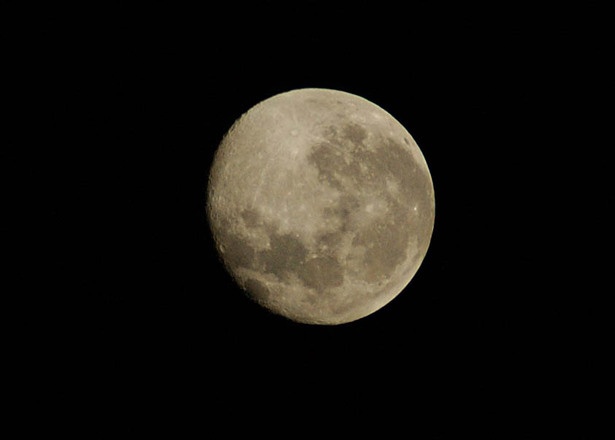The first satellites in space were designed to send back data to enable us to understand more about the atmosphere miles above Earth. Now, over fifty years later, satellites are telling us increasingly more about our own planet – including, predicting climate and environmental changes.
Predicting and monitoring the causes of food security is an urgent need if we are to be able to feed a future global population of nine billion people healthily and sustainably. Crises such as the recent drought in the Horn of Africa, during which 12.4 million people suffered from severe malnutrition, are examples where earth observation (EO) could provide an early warning system.

EO satellites allow for detailed, large-scale mapping of agricultural activities, identifying, for example, hot spots of crop stress or failure due to insufficient rainfall.
The University of Reading is home to both the Centre for Food Security and the National Centre for Earth Observation (NCEO), which plays a major role in steering the Natural Environment Research Council’s (NERC) and the UK’s EO strategy. Together researchers plan to increase expertise in prediction and data assimilation to fill in knowledge gaps.
Reading is also a member of the International Space Innovation Centre (ISIC) and uses its expertise in EO and space weather to monitor global and regional changes in the environment to predict future environmental conditions.
Professor Richard Tiffin, Director of the Centre for Food Security, said: ‘It is evident that an integrated systemic approach to the problems of food security is required. The UK has one of the most technologically advanced food industries in the world and some of the most advanced science that could potentially be brought to bear on the problem. EO is a powerful tool, monitoring agricultural production, highlighting potential risks and acting as an early warning system for crises such as famine.’
NCEO Reading is currently part of a NASA project to do just this. Future water resources are a critical societal impact of climate change, and scientific understanding of how such change may affect water supply and food production is crucial for policymakers.
The Soil Moisture Active Passive satellite experiment (SMAPEx) in New South Wales, Australia, is using remote sensing to collect data on how a 100 x 100km tract of agricultural land responds to differing levels of irrigation. This information will enable climate models to agree on future trends in water resource availability.
Professor Robert Gurney, Professor of Earth Observation Science at Reading and on the NASA SMAP Science Team, said: ‘Improved seasonal soil moisture forecasts using SMAP data will directly benefit famine early warning systems particularly in sub-Saharan Africa and South Asia, where communities are dependent on rain-fed agriculture in highly monsoonal conditions. Other benefits include better weather forecasts leading to improved predictions of heat stress and virus spreading rates.’
Without doubt countries most vulnerable to climate change are those in the developing world, but agricultural production in the West is also under threat. By the late 21st Century, optimal habitats for many plant species are projected to have shifted several hundred kilometres to the north and 60% of mountain plant species may face extinction.
A combination of the rate of climate change, habitat fragmentation and other obstacles is projected to lead to a large decline in European biodiversity. To counter this, Europe needs sustained growth in the agricultural sector (crops, livestock, fisheries, forests, biomass, and commodities) to feed itself, enhance rural livelihoods, stimulate economic growth and maintain and restore ecosystem functions/services.
The Centre for Food Security is working with partners across Europe to assess climate change risks to agriculture in three areas: crops, livestock and trade. This is where technologies associated with EO can play a major part. Testing the validity of different models requires consistent data; Professor Tiffin will be working with the Environmental Virtual Observatory (EVO), funded by NERC and led partly from the University of Reading, to integrate observations and models to ensure an accurate picture of European agriculture and the risks to its sustainability.
The benefits of EO are clear to see, but there are challenges still to be overcome. The large-scale mapping of vulnerable areas is invaluable but food security experts need much more refined data. ‘Adaptation is crucial over the coming decade – we need to see how, for example, Africa is reacting to the risks,’ said Professor Tiffin. ‘To see how individual farming practices are changing we need data at village level, even images of individual farms.’
Just as the first satellite in 1957 heralded the start of the space race, so today’s technologies are in a separate space race to ensure EO data keep up with these increasingly sophisticated requirements.
(Image Credit: Leandro Prado at www.freeimages.com)


